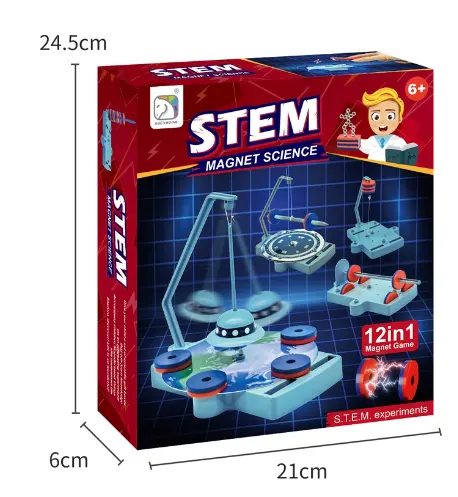

So, while a photograph of Monet’s “Water Lilies” can highlight the paintings’ color palate, a hologram can bring the work to life, rendering the unique 3D texture of each brush stroke. That combination delivers a truer depiction of a scene’s parallax and depth. In contrast, a hologram encodes both the brightness and phase of each light wave. Other co-authors include Beichen Li of EECS and the Computer Science and Artificial Intelligence Laboratory at MIT, as well as former MIT researchers Changil Kim (now at Facebook) and Petr Kellnhofer (now at Stanford University).Ī typical lens-based photograph encodes the brightness of each light wave - a photo can faithfully reproduce a scene’s colors, but it ultimately yields a flat image. Shi worked on the study, published today in Nature, with his advisor and co-author Wojciech Matusik.

The advance could fuel a spillover of holography into fields like VR and 3D printing. Shi believes the new approach, which the team calls “tensor holography,” will finally bring that elusive 10-year goal within reach. “It’s often been said that commercially available holographic displays will be around in 10 years, yet this statement has been around for decades.” “People previously thought that with existing consumer-grade hardware, it was impossible to do real-time 3D holography computations,” says Liang Shi, the study’s lead author and a PhD student in MIT’s Department of Electrical Engineering and Computer Science (EECS). Now, MIT researchers have developed a new way to produce holograms almost instantly - and the deep learning-based method is so efficient that it can run on a laptop in the blink of an eye, the researchers say.

Researchers have long sought to make computer-generated holograms, but the process has traditionally required a supercomputer to churn through physics simulations, which is time-consuming and can yield less-than-photorealistic results. (Go ahead - check out the holographic dove on your Visa card.) Holograms offer a shifting perspective based on the viewer’s position, and they allow the eye to adjust focal depth to alternately focus on foreground and background. Holograms deliver an exceptional representation of 3D world around us. The solution for better 3D visualization could lie in a 60-year-old technology remade for the digital world: holograms. Nausea and eye strain can result because VR creates an illusion of 3D viewing although the user is in fact staring at a fixed-distance 2D display. Despite years of hype, virtual reality headsets have yet to topple TV or computer screens as the go-to devices for video viewing.


 0 kommentar(er)
0 kommentar(er)
